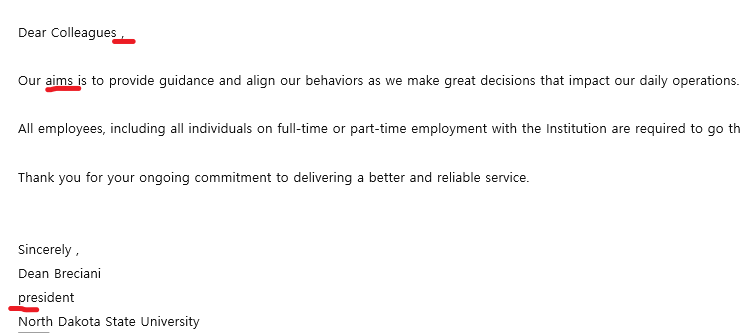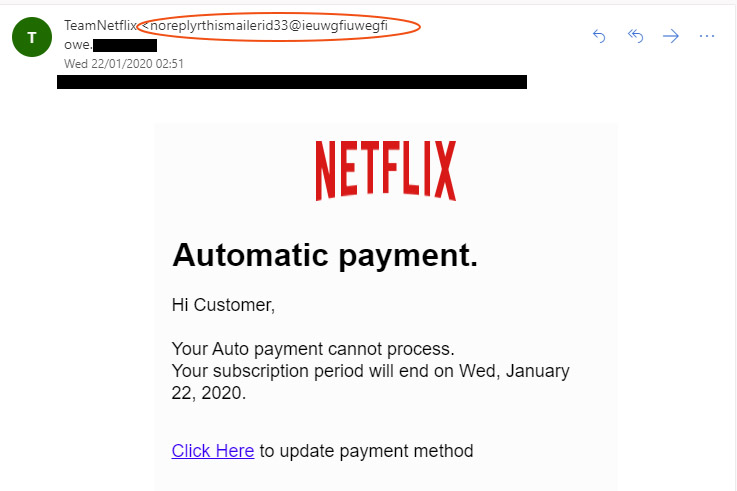
In today’s era, when everyone wants to advertise their products and services, and essentially sell you everything, you probably get thousands of emails every week. While some mails might not catch your attention, others might, especially the enticing ones.
These mails could be phishing emails, and while we all know they are scams , even then, we sometimes fall prey to it. In fact, even some of the smartest people have fallen for phishing emails.
So how do we become alert at all times and identify these phishing emails? Well, there are 5 simple and clear indicators that a mail sent to you might be a scam or a phishing email.
This is one of the best indicators to spot a phishing email. Under no circumstance will anyone ever ask you for your personal information, such as bank details, login credentials for some website, etc. especially over a digital platform. So if this is part of the mail, it’s best to delete it.
If the mail has spelling errors or lacks grammatical logic, then there’s a chance that the mail could be an attempt at phishing. This is because any legitimate person sending you mail for any reason would write a legible email with proper text, spelling, and grammar. In fact, companies even use tools for the same. So lousy grammar is a red flag you need to keep in mind.

Any email that tries to convey urgency through phrases such as “click the link NOW!” or “Offer limited for 24 hours ONLY!” could be a phishing email. While advertisers and companies use these phrases, try to check the above-mentioned red flags when you come across such indicators. If they are there in the mail too, it is highly likely that the mail is a phishing email.
Sometimes certain emails pose as advertisers of a particular company with enticing offers. Try to check the sender’s address, and you might find that the actual email address might be random and not a company email address. The same goes for links and domain names. Companies will have URLs with their name in them. If the mail poses as a company, but the URL has random characters, do not click on it. It could be malware, a virus, or something harmful.

Emails also tend to have attachments with an enticing title. This could be related to the so-called “offers,” “lucky draws,” etc. Do not open those attachments because it could be part of a phishing email with the malware sent as an attachment.
These are a few red flags that you must always look out for while going through any email. Most phishing emails catch people off-guard because they are not as careful on certain days despite being aware of all these things. So keep your eyes open and stay alert!
Empowering London Businesses with Efficient IT Solutions to Save Time and Stay Ahead of the Competition.